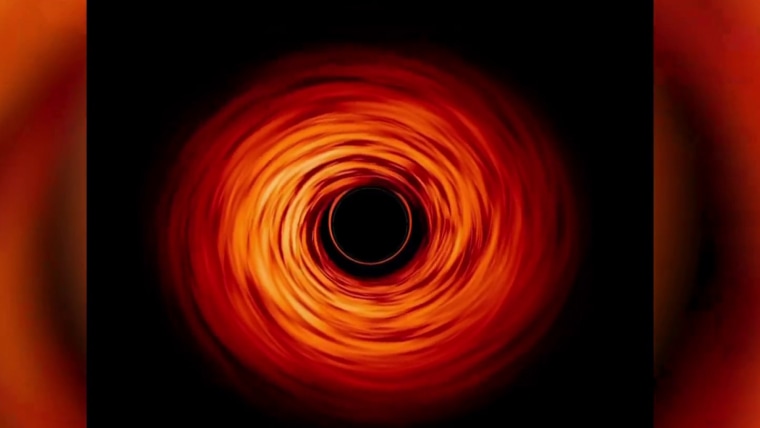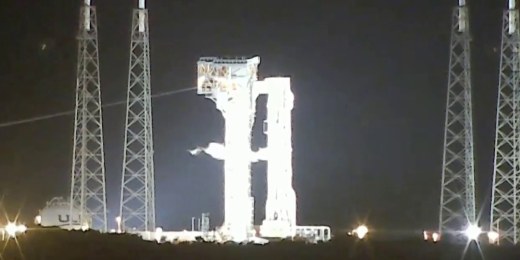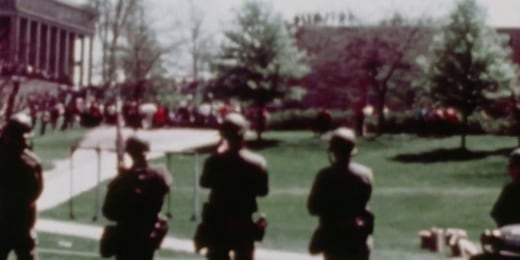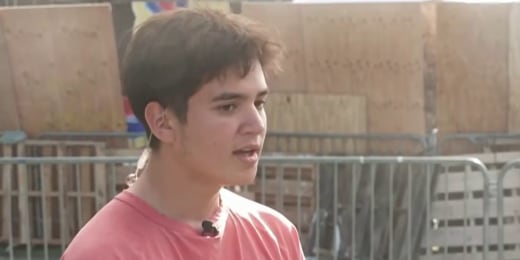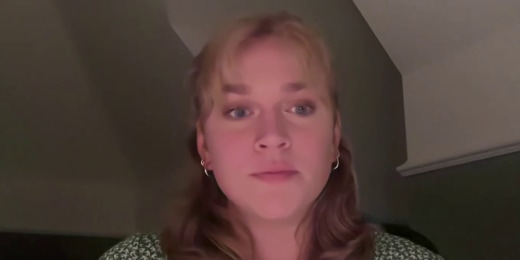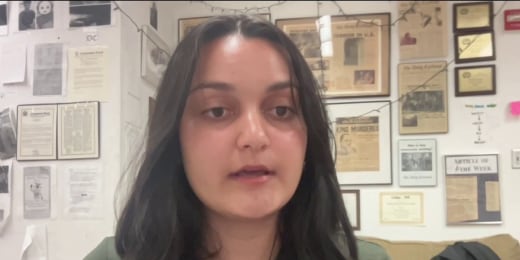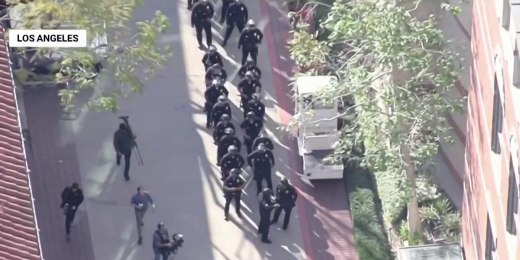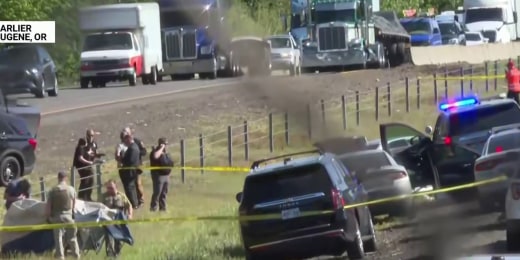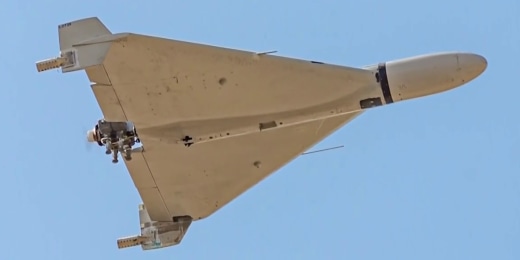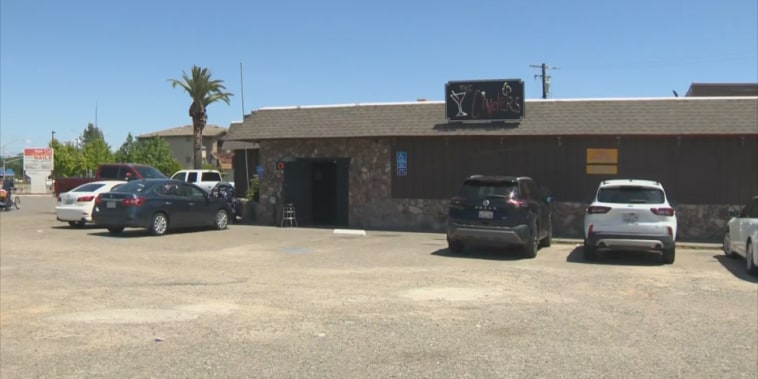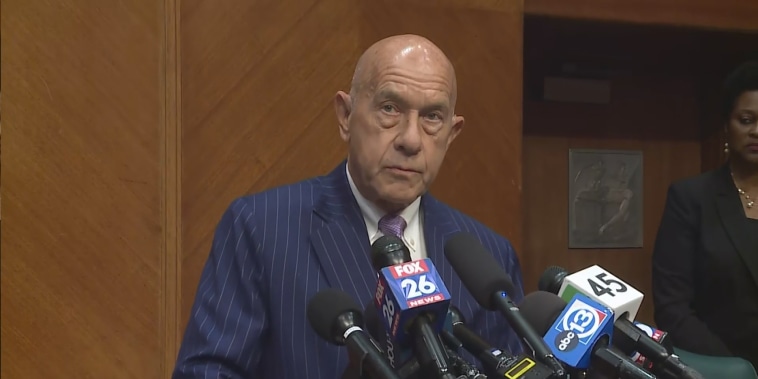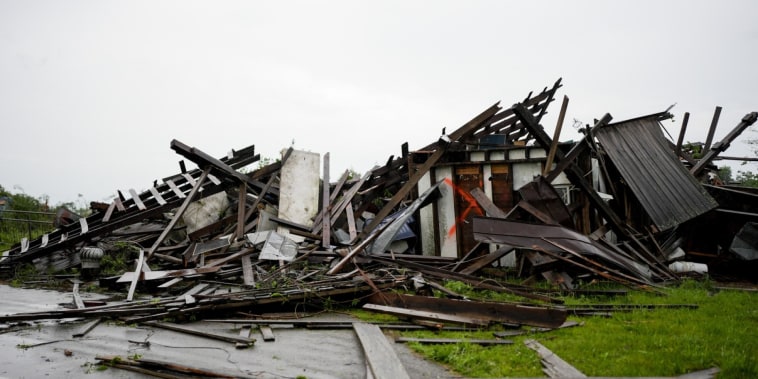IE 11 is not supported. For an optimal experience visit our site on another browser.
UP NEXT
Here's what to know about the California tuberculosis outbreak 04:46
ASU scholar on leave after video of incident with woman in hijab posted online 03:26
Georgia Aquarium is working to rescue corals from trafficking 05:54
Drake vs. Kendrick: How rap battles shaped hip-hop culture 04:08
NASA scrubs Boeing’s Starliner launch 03:23
The legacy of Kent State 54 years later 02:27
Joe Vogel fights in crowded Maryland congressional race at 27-years-old 02:51
Counter-protesters threw fireworks, tear gas at encampment, UCLA student says 06:58
Editor of student newspaper at UNC-Chapel Hill details ‘emotional’ year for students 04:00
Officials break up University of Wisconsin-Madison encampment with 'violence,' student says 02:41
Youngest Gen Z state delegate running for Congress in Maryland to shake up Capitol Hill 02:03
Columbia students and faculty told to shelter in place as NYPD gathers near campus 06:24
9-year-old boy wins seagull screeching competition 01:20
LAPD marches towards USC protesters 03:21
California high school offers drone soccer to students 04:04
Former cop accused of child rape shot himself after pursuit 04:05
Alabama high school prepares students with STEM, cyber and hacking classes 04:06
How to tell the difference between Botox and fauxtox 02:59
California bill calls for 'year of the grizzly bear' 01:04
Inside Iran's arsenal after attack on Israel 01:40
NASA discovers farthest black hole found yet 03:25 NASA's Chandra X-ray Observatory and the James Webb Space Telescope discovered a massive black hole more than three billion lightyears away from Earth. Astrophysicist Paul Sutter explains how the discovery could help astronomers learn more about how the universe was formed. Nov. 8, 2023
Read More UP NEXT
Here's what to know about the California tuberculosis outbreak 04:46
ASU scholar on leave after video of incident with woman in hijab posted online 03:26
Georgia Aquarium is working to rescue corals from trafficking 05:54
Drake vs. Kendrick: How rap battles shaped hip-hop culture 04:08
NASA scrubs Boeing’s Starliner launch 03:23
The legacy of Kent State 54 years later 02:27 